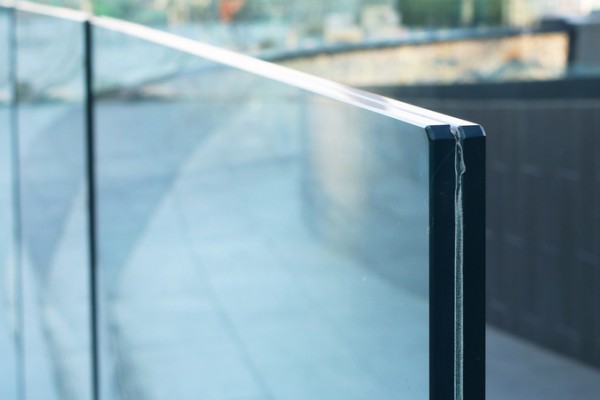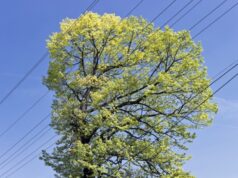
When planning renovations that involve glass—whether it’s windows, doors, balustrades or shower screens—understanding safety glass requirements is essential. Using the right type of safety glass not only keeps your home compliant with Australian building regulations but also protects your family from injury.
What is safety glass?
Safety glass is specially treated glass designed to reduce the risk of injury if it breaks. Unlike standard glass, it either shatters into small, less harmful pieces or remains held together to prevent sharp shards.
There are two main types used in Australian homes:
- Tempered glass (also called toughened glass): Heated and rapidly cooled to increase strength. When broken, it shatters into small, blunt pieces.
- Laminated glass: Made by bonding two or more glass sheets with a plastic interlayer that holds the pieces together if broken.
When is safety glass required?
The National Construction Code (NCC) mandates safety glass in specific areas prone to human impact. This includes:
- Glass panels in doors, especially within 1500mm of a door handle or latch
- Side panels alongside doors within 300mm of the handle
- Windows and glass panels where the bottom edge is less than 500mm above floor level and more than 1500mm² in area
- Balustrades, stairs and ramps where glass is used as a barrier or infill
- Shower screens and bath enclosures
What standards apply to safety glass?
Safety glass must comply with AS/NZS 2208, which covers the methods of testing and classification of safety glazing materials. Glass products should be certified and labelled according to these standards.
When selecting glass for your renovation, ask your supplier or installer for documentation proving compliance with AS/NZS 2208.
Choosing between laminated and tempered glass
- Tempered glass is often used for doors, windows and shower screens due to its strength and safer breakage pattern.
- Laminated glass is preferred for balustrades and overhead glazing because it holds together if broken, reducing the risk of falling glass.
Your builder or glazing professional can advise on the best option based on location and usage.
Installation and compliance
All glass installations must be completed by qualified and licensed professionals in accordance with AS 1288 (Glass in buildings – Selection and installation). Proper installation ensures structural integrity and compliance with safety regulations.
Improper installation or using the wrong type of glass can lead to fines, insurance issues or, more importantly, injury.
Tips for renovators
- Check existing glass for compliance if you’re renovating an older home; it may need upgrading.
- Always use certified safety glass for all glazing that requires it.
- Keep documentation of glass compliance and installation for building approvals or future sale.
- Consult your local council or building surveyor if unsure about specific requirements.
Summary
Safety glass is a critical element in modern Australian homes to protect occupants and meet legal requirements. Whether you’re installing new doors, windows, balustrades or shower screens, make sure you specify and install the correct type of safety glass that complies with AS/NZS 2208 and the NCC.
Planning your renovation with safety glass in mind not only keeps your home secure but also avoids costly compliance issues down the track.





